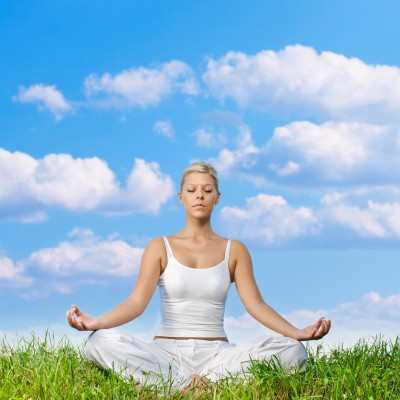 Chakra 3, or the Manipura is the center of motivation where we set our intentions and desires. This chakra is located at the solar plexus and calls us forth to develop greater will, self-esteem and autonomy. This is done not by keeping things safe, but by taking risks and venturing into the unknown. Although growth is scary and uncomfortable, choosing stability over growth will cause one to stagnate and feel helpless in one’s own life.
Chakra 3, or the Manipura is the center of motivation where we set our intentions and desires. This chakra is located at the solar plexus and calls us forth to develop greater will, self-esteem and autonomy. This is done not by keeping things safe, but by taking risks and venturing into the unknown. Although growth is scary and uncomfortable, choosing stability over growth will cause one to stagnate and feel helpless in one’s own life.
When the power chakra is balanced, one achieves goals, is self-confident and has strong motivation and direction. The shadow side of the third chakra is the servant. The servant archetype lacks self-esteem and personal power; it undervalues itself and doesn’t honor its basic worth. The Warrior archetype on the other hand, is powerful and asserts its right to be the best person it can be, regardless of what the shadow may be suggesting. The Warrior makes a stand in life and is self-validating and self-loving.
The central theme or core issue of this chakra is finding our rightful place in the world. When the third chakra is healthy and open you can draw upon this to develop strong boundaries and make sound decisions. You have an honest relationship with yourself and others. The goals of this chakra are to have vitality, spontaneity in life, healthy self-esteem, strength and purpose.
The characteristics of an over energized Manipura are domination, aggressiveness, scattered, constantly active, you may blame others and not take responsibility for who you have become. When there is a deficient third chakra, you are more likely to experience poor self-esteem, a weak will and lack of purpose in your goals or direction. Cults or organizations that over dominate individual’s willpower are extreme examples of this imbalanced third chakra. Here we see individuals risk their life, to follow some organizations claim to divine providence.
An example of an imbalanced third chakra is the drive for example within traditional schools of yoga to keep the younger, recently trained teachers outside certain circles of general acceptance. Just because shoulder stand was always taught and practiced a certain way does not justify a closed minded attitude toward new ways of practicing. Things are changing and rather than project one’s own insecurity even in the yoga community, one ought to keep an open mind and always allow for new knowledge and information to spring forth.
Suggested yoga postures include: table pose, down dog to up dog, gate pose, dandasana, woodchopper, supine half moon.
Color: Yellow
Element: Fire
Would you like to read the whole Balance Your Chakra Series?
An excerpt from my new book “Tantra Living: A Yogini’s Companion for Happiness”.
Image: Copyright (c) 123RF Stock Photos
